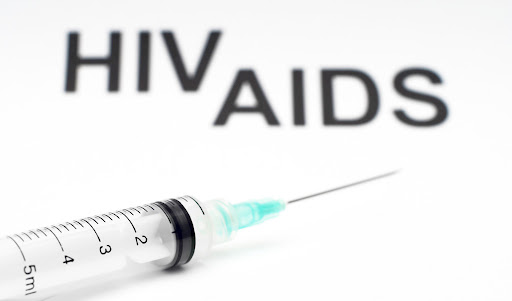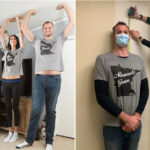South Africa and Uganda have just reported clinical trial data that showed young women can avoid HIV with an injectable PrEP product that is a new on the market and at a fraction of the cost. Led by South African physician-scientist, Linda-Gail Bekker, the double-blind trial compared lenacapavir to oral PrEP, where lenacapavir is taken twice a year and the people testing for PrEP no making a single dosed event each time. This 50N trial compared lenacapavir with the other two prEP drugs (Truvada, descovy) given as daily pills.
Section 1: Trial overview
Purpose 1 was initiated in order to keep track of more than 5.4 million young women volunteering as participants and waiting for their new PrEP, focusing on young women (aged 16-25) in South Africa and Uganda. Participants were vaccinated every six months and were given either lenac in the first or both Truvada pills (daily) or Descovy pills (daily).
Results: Lenacapavir was administered to 2,134 women who were not infected during the trial period, demonstrating at least 89% efficacy. By comparison, 16 (1.5%) women in the Truvada group and 39 (1.8%) in the Descovy group became infected.
Significance of this trial and what it should mean for broader HIV prevention where women will be major players if we get it right: Right now, the only form of PrEP that we have is a daily pill that is taken for life. But socio-economic factors and resource issues — as well as a general bias, informed by previous experiences — typically preclude any deeper thought on their potential.
Phase 2: Open-label phase
An open-label follow-on phase will be implemented in which participants know their assignment to treatment and choose a preferred PrEP type.
Regulatory Approval: Gilead Sciences plans to submit the trial results to Ugandan and South African regulators soon.
The World Health Organization will examine the proof to consider caused vaccine around the world. No detail on timelines also suggest others are considering moving only from the less compromised news that emerged with a line-up. Usually, its progress to like age are the long 40-week estimate far, as we can tell from specs it was in mid-2018.
Weighing in on Implementation Hopes and Challenges
Just as with many of the previous regimens that are being pushed, Africa is expected to receive only its trade-in around 54% access. In sum, what the CAPRISA consortium has created and what is projected to yield will have a powerful effect on improving the lives of children infected/affected with HIV/AIDS in Africa.
As we look toward a world without AIDS, our ultimate goal is zero new infections.
Deep Dive into Trial and Beyond: For more detailed information on the trial and its implications, visit Gilead Sciences and learn about global health advancements.
Lastly, I had planned to write further on this subject, but with the Supreme Court debate still ongoing and the U.S. election looming, it would be disingenuous for me – in the midst of a political environment biased against conservative – to write against those who are still here and have yet to respond from working as the interim CMO.













